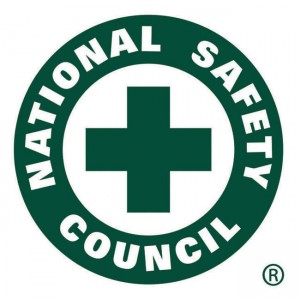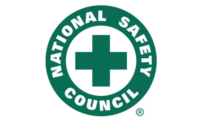 Source: NSC Press Release
Source: NSC Press Release
This Workers’ Memorial Day, observed April 28, the National Safety Council is calling on employers to better understand and identify the risks associated with occupational illnesses. Workplace-related illnesses are estimated to result in 53,000 deaths and 427,000 nonfatal illnesses each yeari compared to workplace-related injuries, which are estimated to result in almost 4,000 deaths and 4.8 million injuries requiring medical attention annuallyii. Given the often delayed onset of illnesses, these numbers are estimated to be low.
“Workplace fatalities due to illness are estimated to be more than ten times that of deaths from workplace injuries," said Deborah A.P. Hersman, president and CEO of NSC. “On Workers’ Memorial Day, the National Safety Council commits to helping employers prevent any future loss of life in honor of those whose lives were cut too short.”
Many workplace illnesses occur from exposure to chemicals. OSHA estimates there may be as many as 650,000 hazardous chemical products in use in the U.S.iii. These chemicals pose a wide range of health and physical hazards, and many have long-lasting effects after exposure, the intensity and duration of which can varyiv.
To better address workplace illnesses, NSC has issued a new policy position recommending employers:
- Consider the latest available scientific research, consensus standards, employer best practices and other reliable sources of information – including ACGIH and NIOSH – for determining the most effective control strategies, which should go beyond OSHA’s Permissible Exposure Limits (PELs), Hazard Communication Standard (HazCom) and GHS.
- Determine how to improve reporting and tracking of occupational illnesses to support better understanding, prioritization, progress measurement and research.
- Share information and practices on prevention of occupational illness including how to engage workers, gain their meaningful participation and provide them with necessary knowledge, skills and equipment to safely work with chemicals.
- Continue a process of improvement for managing exposure to chemicals that reduces risks to acceptable levels according to the hierarchy of control.
- Contribute to a process of review and update for existing standards necessary to protect workers from harmful exposure to chemicals as well as other new standards that may be necessary.
- Consider total worker health and contributing factors to workers health and well-being that may exacerbate occupational illness exposures.
All employees are encouraged to join the Journey to Safety Excellence, a roadmap to build a workplace that keeps workers safe. The Journey to Safety Excellence includes free, practical tools collected from 100 years of experience. Visit nsc.org/journey to join.
About the National Safety Council
Founded in 1913 and chartered by Congress, the National Safety Council, nsc.org, is a nonprofit organization whose mission is to save lives by preventing injuries and deaths at work, in homes and communities, and on the road through leadership, research, education and advocacy. NSC advances this mission by partnering with businesses, government agencies, elected officials and the public in areas where we can make the most impact – distracted driving, teen driving, workplace safety, prescription drug overdoses and Safe Communities. Safety+Health magazine, the Council’s flagship publication, is a leading source of occupational safety and health information.



